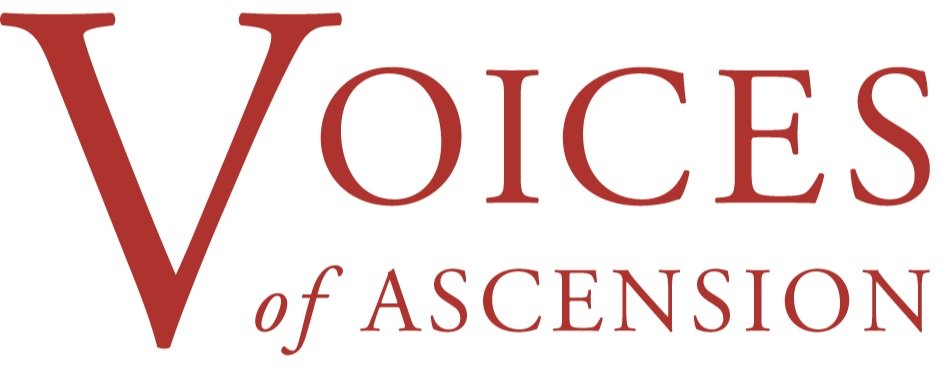Voices of Connection: 01/22 Bruckner: Locus Iste
VOICES OF CONNECTION WELCOMES GUEST CURATOR AND ASTRONAUTICA COMPOSER RENÉE FAVAND-SEE
Renée Favand-See is a composer and soprano living in Portland, Oregon. Her works explore the music of words, natural and made environments, emotions, and spiritual questions. These investigations yield vocal music of all stripes, Musique Concrète-esque electronic pieces, and lyrically driven instrumental music cultivating relationships that unfold in the spaces between voices. Her music has been heard at Weill Hall, Symphony Space, Joe’s Pub Public, American Opera Projects at South Oxford Space, Opera Index, Outer Voices, and many others. Read more.
BRUCKNER Locus Iste - Tenebrae conducted by Nigel Short
Bruckner’s Locus iste speaks to the heart with its simplicity and vulnerability. Simplicity appears in this work as homophony, declamatory rhythm, unadorned melody, clear phrases, a natural ascending contour with repetition that conveys increased emotional intensity, and syllabic text setting—except a single melismatic phrase on “Deo” in the return of A’, a powerful moment born of restraint.
Vulnerability is presented through exposed textures and silence. At the very opening, upper voices rest after each short melodic statement, while basses sustain through for a brief sensation of that wise inner voice we each possess when we can quiet our minds. A moment of awestruck wonder arises with the “solo” tenor section entrance on “irreprehensibilis est” ([this place] is without reproach); this section continues with upper three voices in a braid of dovetailing lines with shifting harmony, never fully resolving until the warm embrace of the bass section at the recap.
Silence is a very significant character in this piece. The silences at the end of each large section leave space, not only for chords to die away in a cathedral, but also for the listener to reflect deeply on each precious line of text, offering perhaps insight and solace. – Renée Favand-See
ABOUT RENÉE'S ASTRONAUTICA PIECES
“First Flight” and "We need earth"
In First Flight, Eileen Collins wonders at the amazing speed of technological progress in the 20th Century, from the Wright Flyer to Atlas rockets. The music travels to fresh harmonic territory quickly through chromatic third relationships that jet tonal centers across tritones in a few leaps at a driving tempo. In the middle and final sections, counterpoint and elusive harmony allow for a multitude of possibilities and perspectives as the writer questions, what’s next?
Mae Jemison’s We need earth is a love letter to Earth and a heartfelt invocation to save our planet. For her initial frank statement about the dire state of the environment and the need for us to work together to “figure things out,” the music takes a declamatory approach with rhythmic unison that increases in urgency through counterpoint and a fast tempo. A tritone mixed into the initial quartal harmony gives a poignant color of both possibility and unease. As Jemison talks about earth’s gorgeous iridescence when seen from space, the texture shifts to softer colors of natural minor with secundal clusters and later opens into the shimmering brightness of the Lydian mode with voices echoing each other in affirmation. The end is an incantation on “We need earth,” a musical meditation and an invitation. – Renée Favand-See



